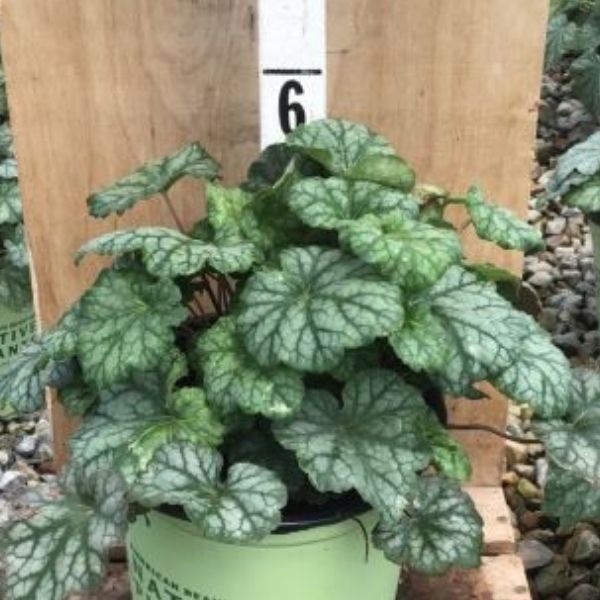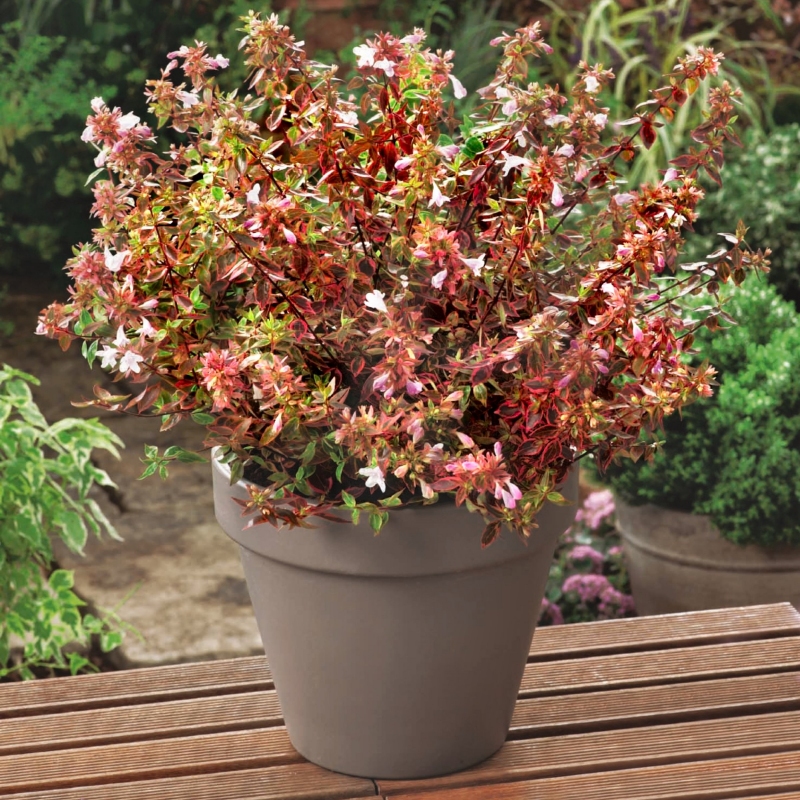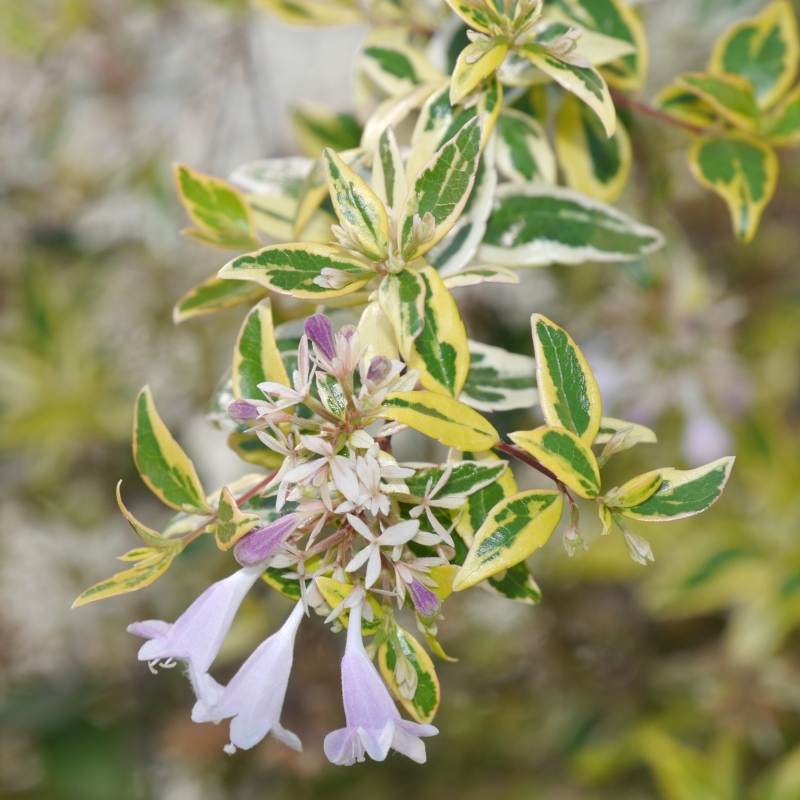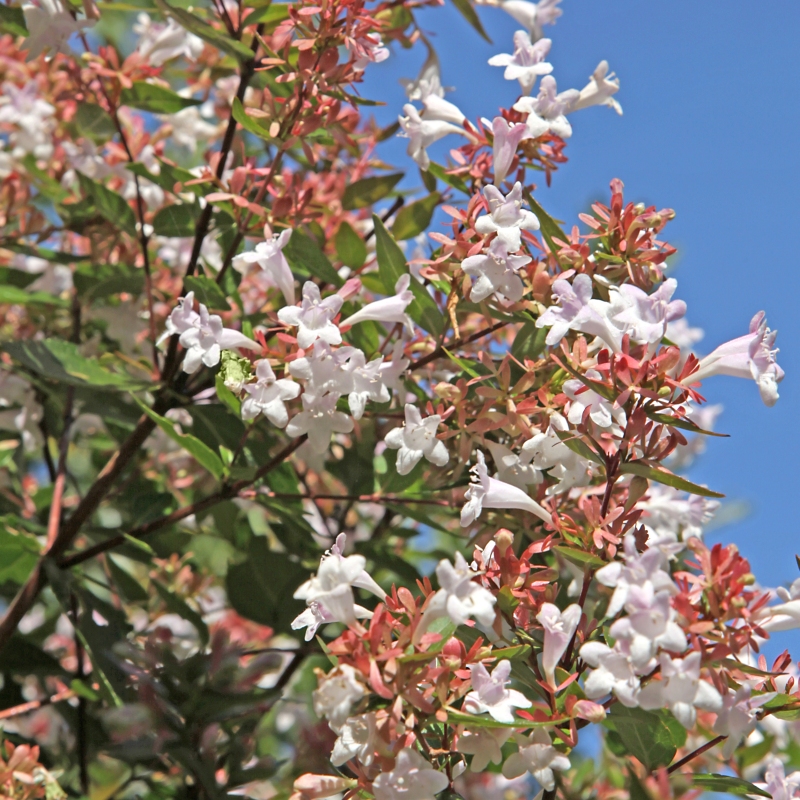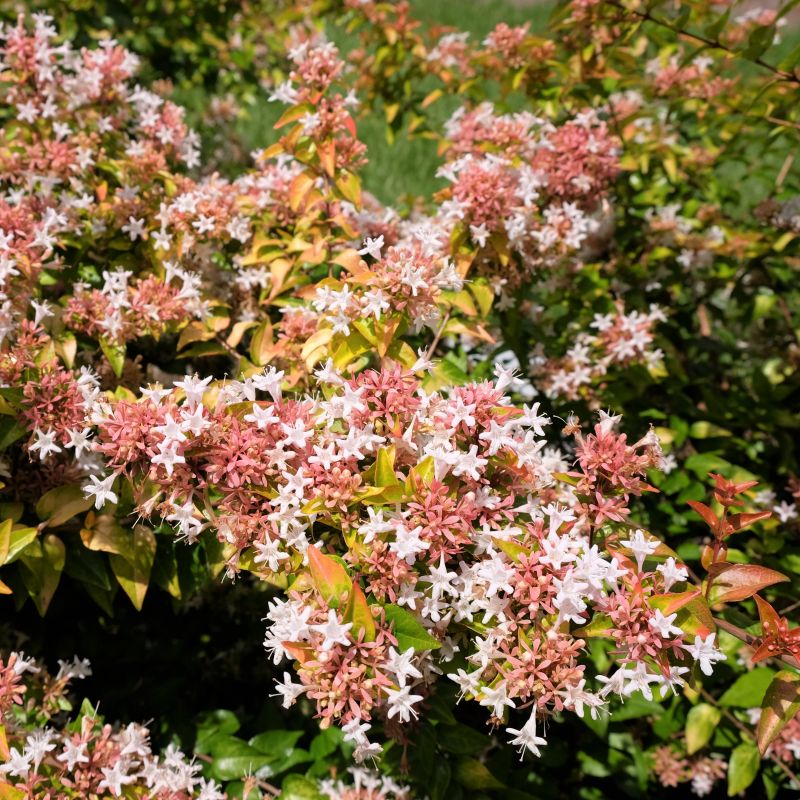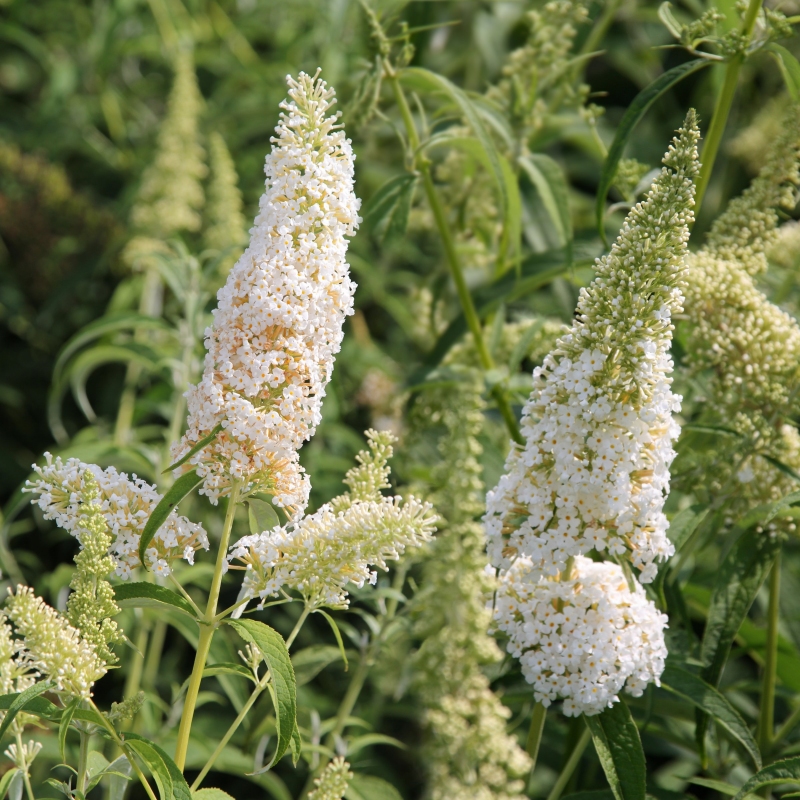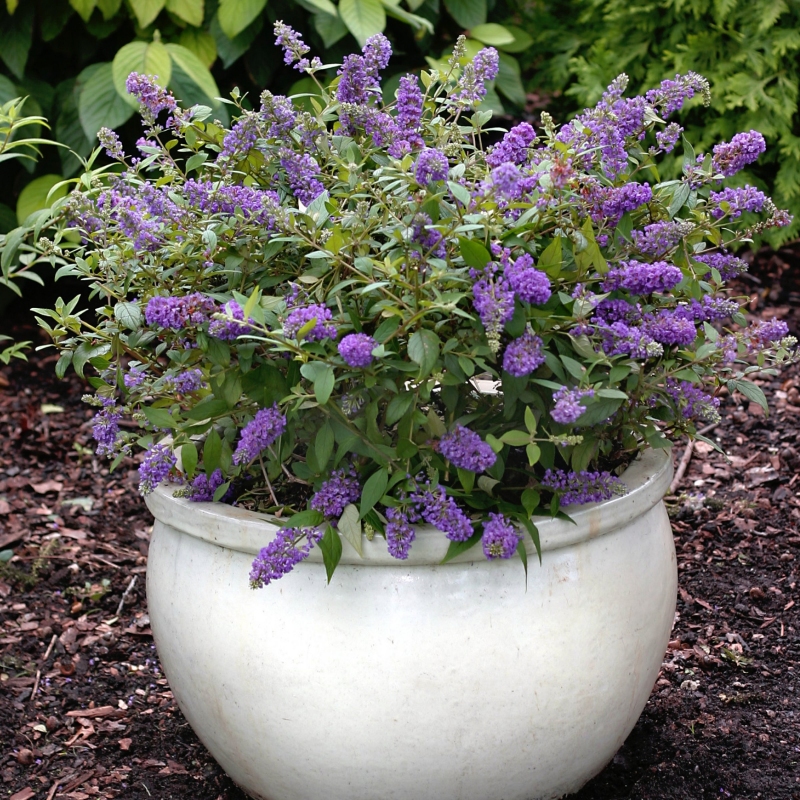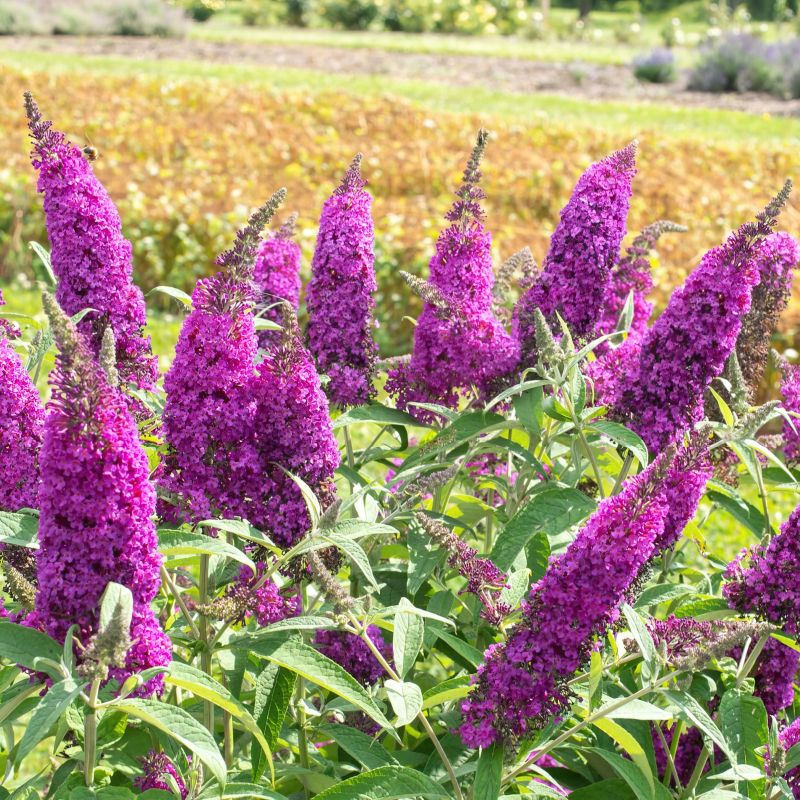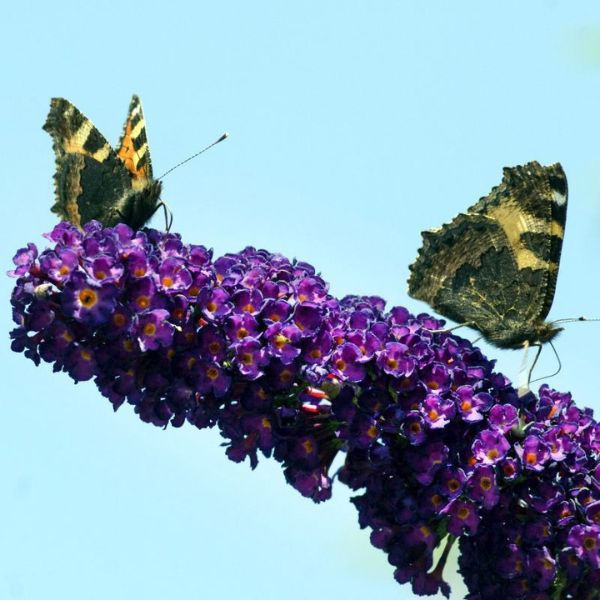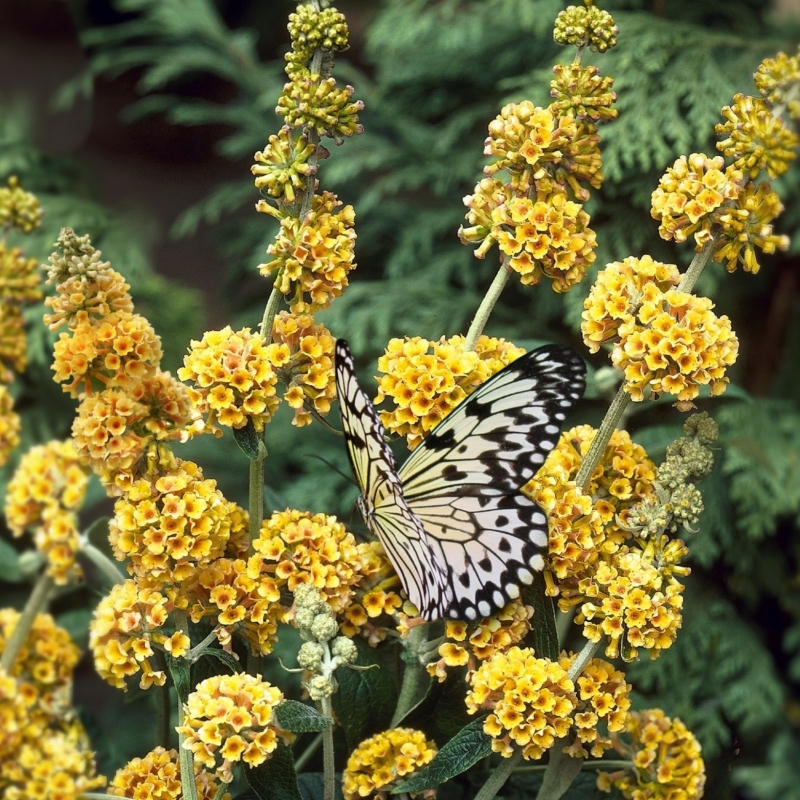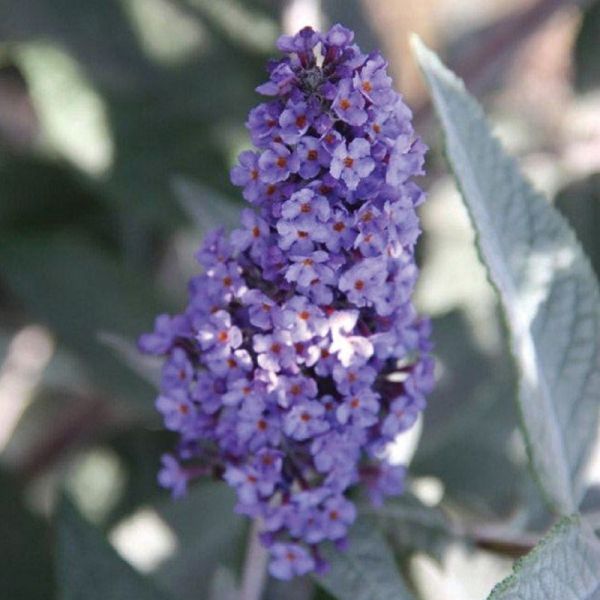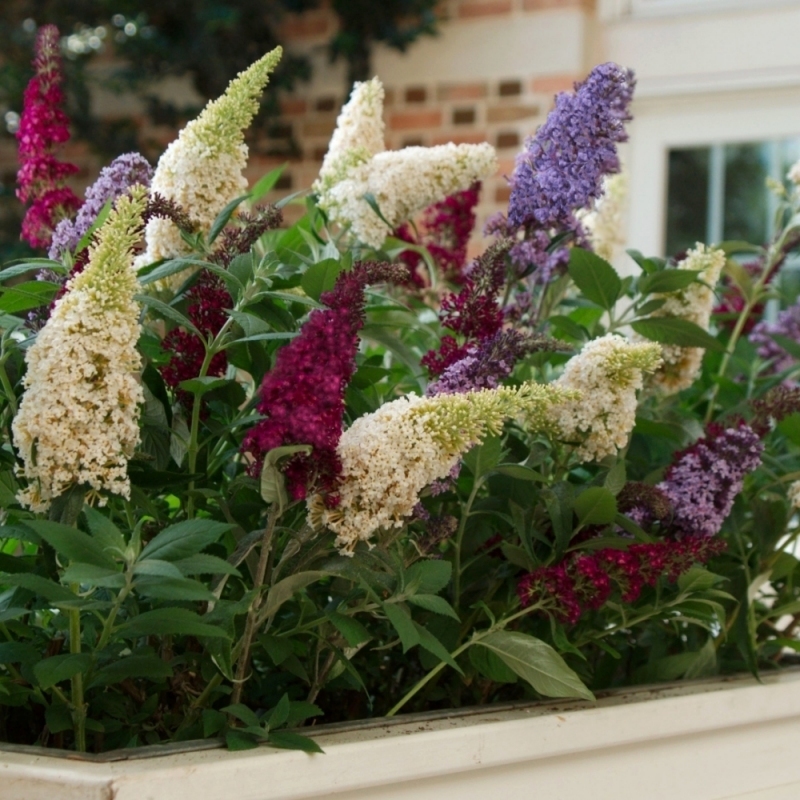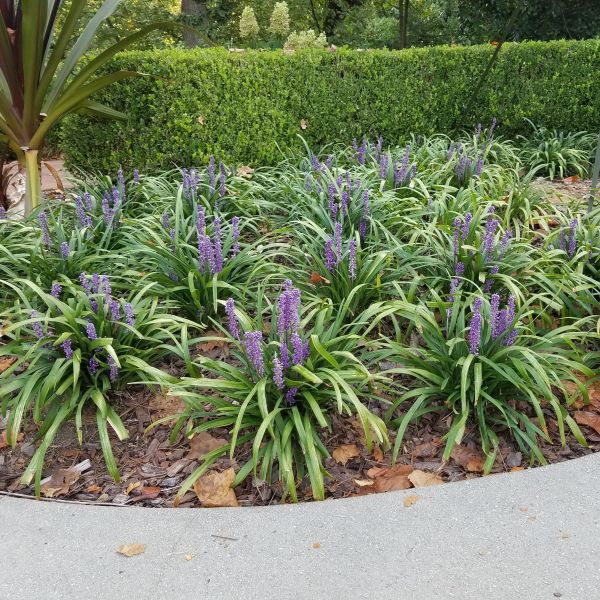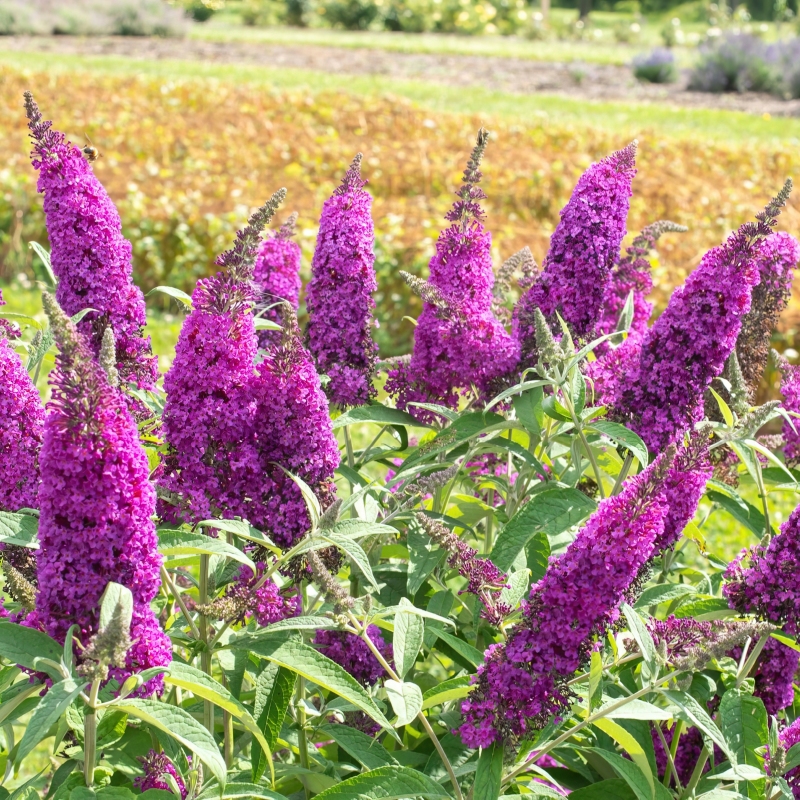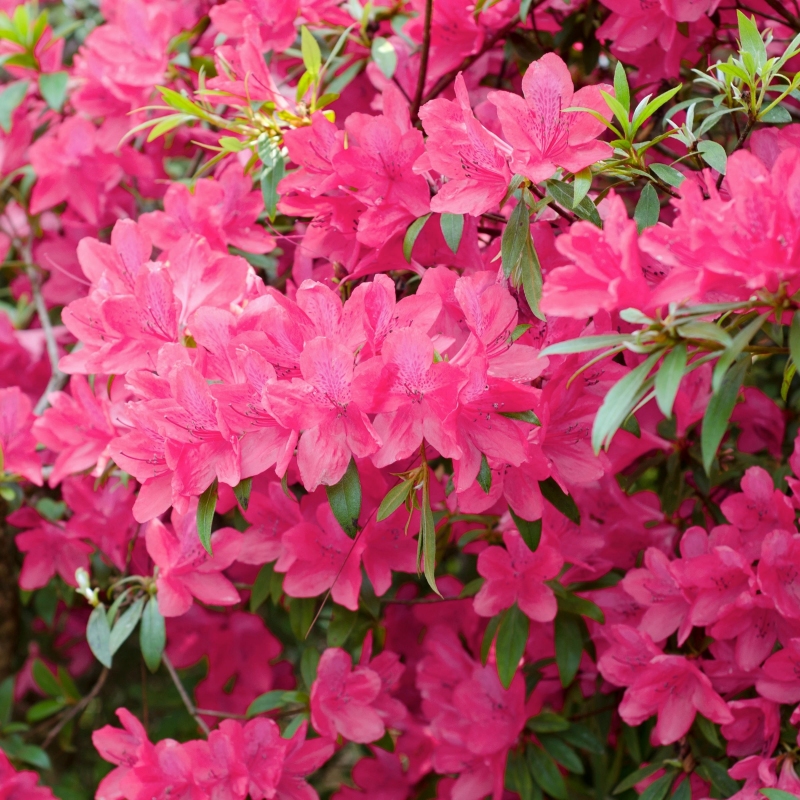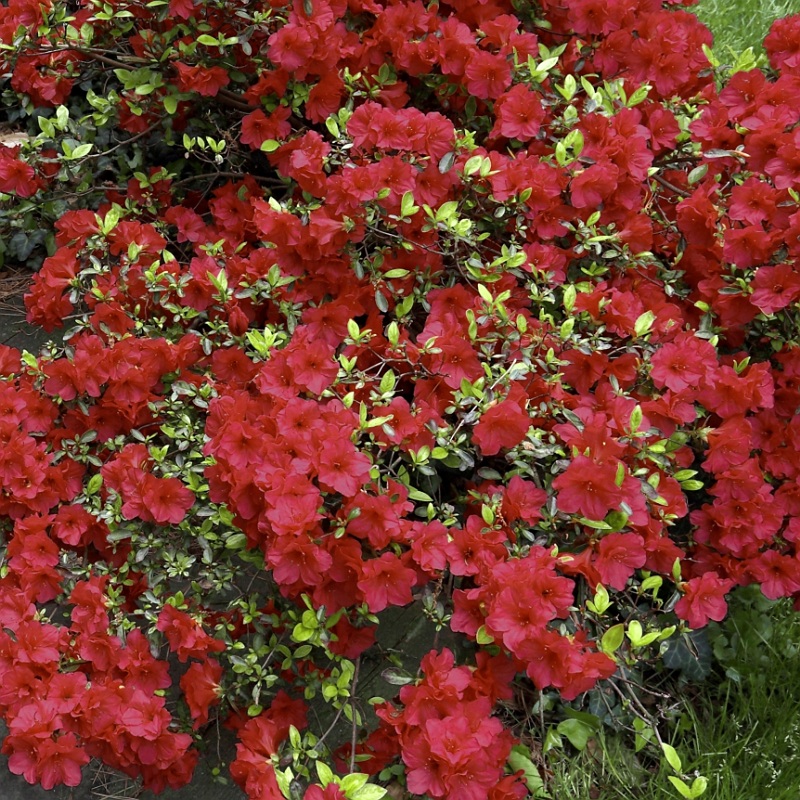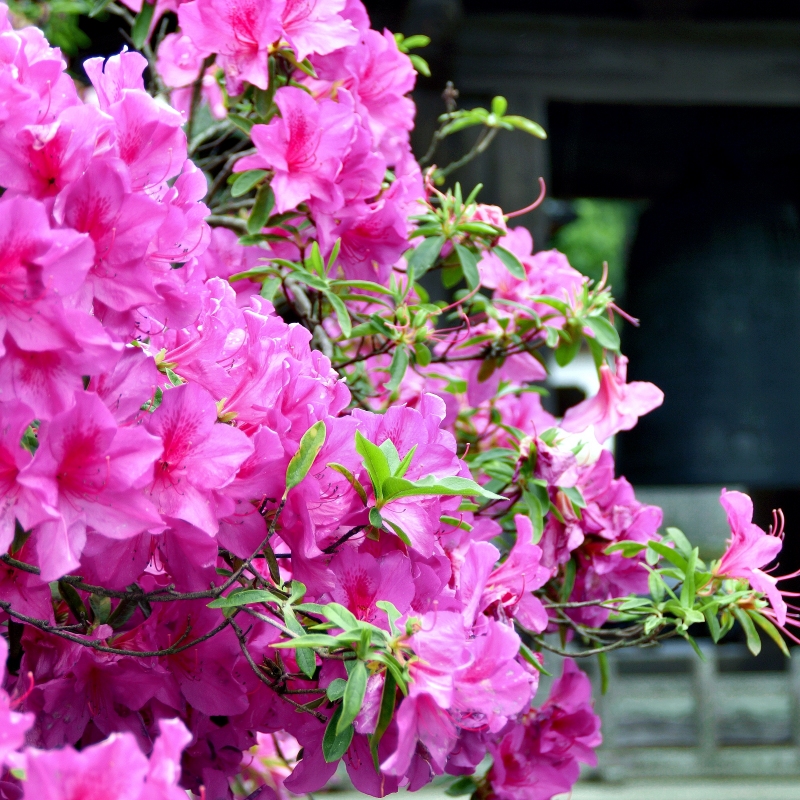

Longflower alumroot
Heuchera longiflora
12 reviews


Longflower alumroot
Heuchera longiflora
12 reviews
$0.00
$0.00
30% Off
1 Gallon
We are sorry, product is currently out of stock due to seasonal availability. Please check the "Related plants available in your area" section below
Why Longflower alumroot?
Longflower alumroot (Heuchera longiflora) is a perennial herbaceous plant found in the southwest United States. It has long, spindly stems and small, bell-shaped flowers that bloom in shades of white or pale pink. Longflower alumroot thrives in rocky, well-drained soils and is often found in desert and mountain habitats. Its attractive foliage and delicate flowers make it a popular choice for gardeners seeking native plants.
Related plants available in your area
Sunlight
Longflower alumroot (Heuchera longiflora) requires partial shade to thrive. It prefers dappled sunlight or areas with morning sun and afternoon shade.
Watering
Longflower alumroot requires regular watering, keeping the soil consistently moist but not waterlogged. It prefers well-drained soil and benefits from watering deeply and less frequently rather than shallow and frequent watering.
Fertilizing
The fertilizer requirements for Longflower alumroot are not specified. It is recommended to consult with a local nursery or gardening expert for specific fertilizer recommendations based on soil and growing conditions.
Longflower Alumroot (Heuchera longiflora)
The Longflower Alumroot (Heuchera longiflora) is a beautiful perennial plant that belongs to the Saxifragaceae family. It is native to North America and is known for its striking long flower spikes and attractive foliage.
Features:
- Flowers: The Longflower Alumroot produces long, slender flower spikes that rise above the foliage. The flowers are delicate and are usually a shade of pink or white, adding a touch of elegance to any garden.
- Foliage: The plant features semi-evergreen leaves that are deeply lobed, creating a textured and attractive appearance. The foliage color varies depending on the cultivar, ranging from green to burgundy, bronze, or even purple tones.
- Growth Habit: Longflower Alumroot forms clumps of foliage that extend from a central crown. The mature plant reaches a height of around 10-12 inches, with an equal spread, making it perfect for borders, rock gardens, or containers.
- Blooming Season: This alumroot variety typically blooms in late spring or early summer, with the flowers lasting for several weeks. The long flowering period provides a beautiful display of color in the garden.
- Light and Soil Requirements: Heuchera longiflora prefers partial shade to full shade conditions, making it an ideal choice for shaded areas. It thrives in well-draining soil with average moisture and is tolerant of a variety of soil types.
- Maintenance: Longflower Alumroot is a low-maintenance plant. Regular watering and occasional fertilization help promote healthy growth. It is generally pest and disease resistant, making it an easy addition to any garden.
The Longflower Alumroot (Heuchera longiflora) is a versatile and visually appealing plant that adds beauty and charm to any landscape. Its attractive foliage and delicate flowers make it a popular choice among gardeners. Plant this perennial in shaded areas to enjoy its long-lasting blooms and vibrant colors throughout the growing season.
Plant Information:
| Botanical Name: | Heuchera longiflora |
| USDA Zones: | 5-8 |
| Water: | Moderate |
| Exposure: | Full Shade |
| Soil Needs: | Well Drained |
| Mature Height: | 12 - 18 inches |
| Mature Spread: | 12 - 18 inches |





Pollination Info
Pollination Information for Longflower Alumroot (Heuchera longiflora)
Longflower alumroot (Heuchera longiflora) is a flowering plant that belongs to the Saxifragaceae family. It is native to North America and is commonly found in rocky areas, forests, and meadows.
Pollination is an essential process for the reproduction of plants. In the case of longflower alumroot, it is primarily pollinated by insects, particularly bees, butterflies, and moths. These insects are attracted to the plant's flowers by their bright colors and nectar reward.
The flowers of longflower alumroot are small and tubular, with five petals that range in color from white to pale pink. They are arranged in dense spikes on long stalks that rise above the plant's foliage. The flowers have both male and female reproductive parts, making them perfect or hermaphroditic.
When an insect visits the flower in search of nectar, it inadvertently brushes against the male reproductive organs, namely the stamens. The stamens are tipped with anthers that carry pollen, the male reproductive cells. Pollen from the anthers may stick onto the body of the visiting insect, which acts as a pollinator.
As the insect moves on to another flower, some of the pollen may get transferred to the stigma, the female reproductive part, through contact with the sticky surface. This process is known as cross-pollination and ensures genetic diversity within the plant population.
Once the stigma receives the pollen, it stimulates the growth of a pollen tube that extends down the style and into the ovary. The pollen tube delivers the male reproductive cells to the ovules, where fertilization takes place, resulting in the production of seeds.
Longflower alumroot plants may also reproduce through self-pollination, where the pollen from the anthers is transferred directly to the stigma of the same flower or a different flower on the same plant. Self-pollination is advantageous for plants growing in isolated or low-pollinator environments.
After successful pollination and fertilization, the ovary will develop into a fruit or seed capsule containing the seeds. These seeds can be dispersed by various means, including wind, water, or animals, enabling the plant to colonize new areas and ensure its survival.
In conclusion, longflower alumroot (Heuchera longiflora) relies on insect pollinators, such as bees, butterflies, and moths, for successful pollination. The transfer of pollen from the anthers to the stigma leads to fertilization and the production of seeds, ensuring the plant's reproductive success and survival.
FAQ
Frequently Asked Questions about Longflower Alumroot (Heuchera longiflora)
Q: What is Longflower Alumroot (Heuchera longiflora)?
A: Longflower Alumroot is a perennial flowering plant native to North America. It belongs to the genus Heuchera and features long stems and beautiful cluster of flowers.
Q: How tall does the Longflower Alumroot grow?
A: Longflower Alumroot typically reaches a height of about 12-18 inches (30-45 cm) when fully grown.
Q: What colors do the flowers of Longflower Alumroot come in?
A: The flowers of Longflower Alumroot usually come in various shades of pink, ranging from pale pink to deep rose.
Q: When does Longflower Alumroot bloom?
A: Longflower Alumroot typically blooms in the late spring or early summer, usually from May to June.
Q: What are the preferred growing conditions for Longflower Alumroot?
A: Longflower Alumroot prefers partial shade to full shade, well-drained soil, and moderate moisture levels. It can tolerate some drought conditions but doesn't thrive in overly dry or excessively wet soil.
Q: Can Longflower Alumroot be grown in containers?
A: Yes, Longflower Alumroot can be grown in containers. Ensure the container has proper drainage, use a well-draining potting mix, and provide adequate watering and partial shade.
Q: How do I propagate Longflower Alumroot?
A: Longflower Alumroot can be propagated through division or by taking stem cuttings. Division is usually done in early spring or early fall. Stem cuttings can be taken during the growing season, typically in late spring or early summer.
Q: Are there any pests or diseases that affect Longflower Alumroot?
A: Longflower Alumroot is generally resistant to most pests and diseases. However, it may occasionally be affected by slugs, snails, or powdery mildew. Regular monitoring and appropriate pest control measures can help avoid significant damage.
Q: How do I care for Longflower Alumroot in winter?
A: Longflower Alumroot is mostly winter-hardy and can tolerate cold temperatures. However, providing a layer of mulch around the base of the plant during winter can help protect it from extreme cold or frost.
Q: Can Longflower Alumroot be used in landscaping?
A: Absolutely! Longflower Alumroot is often used in shady gardens, borders, or woodland settings. Its attractive foliage and delicate flowers can add a touch of color and elegance to various landscaping designs.
Q: Is Longflower Alumroot deer-resistant?
A: Yes, Longflower Alumroot is considered deer-resistant. Deer typically avoid eating it due to its somewhat bitter taste.
Planting & Care
Planting & Care for Longflower Alumroot (Heuchera longiflora)
Planting Instructions:
1. Choose a location that receives partial shade to full sun. Alumroots prefer rich, well-draining soil.
2. Dig a hole that is slightly wider and deeper than the plant's root ball.
3. Gently remove the plant from its container, loosening any tangled roots.
4. Place the plant into the hole, making sure the top of the root ball is level with or slightly above the soil surface.
5. Backfill the hole with soil and gently firm it around the plant to eliminate any air pockets.
6. Water the newly planted alumroot thoroughly to settle the soil.
Care Instructions:
Watering: Keep the soil evenly moist, but not waterlogged. Alumroot plants require regular watering, especially during dry periods. Avoid overwatering, as this can cause root rot.
Fertilizing: Feed the plants with a balanced, slow-release fertilizer in early spring. Follow the instructions on the fertilizer packaging for proper application rates.
Pruning: Alumroot plants do not require extensive pruning. However, you can remove any dead or damaged leaves throughout the growing season to maintain the plant's appearance.
Dividing: Over time, alumroot plants can become crowded and benefit from division. This is typically done in spring or fall. Carefully dig up the plant, separate the root ball into smaller sections, and replant them in suitable locations.
Winter Care: Longflower alumroot is generally hardy and can tolerate mild winter conditions. However, in regions with harsh winters, apply a layer of mulch around the plant in late fall to provide insulation and protect the roots from freezing temperatures.
Pests and Diseases: Alumroot is generally resistant to pests and diseases. However, it may occasionally be susceptible to powdery mildew or leaf spot. Ensure good air circulation around the plants and promptly remove any affected leaves to prevent the spread of diseases.
Note: The provided care instructions are general guidelines. It's always recommended to refer to specific care information for the Longflower alumroot (Heuchera longiflora) as it may have unique requirements based on your specific climate and growing conditions.
Check Out These Verified Customer Reviews:
Customer Reviews
4.8 out of 5 based on 12 reviews
Thank you! Your review has been submitted.
Website easy to navigate
Great quality alumroot, sturdy plant with healthy roots.
Thriving in my garden
Item has been added to your cart.



